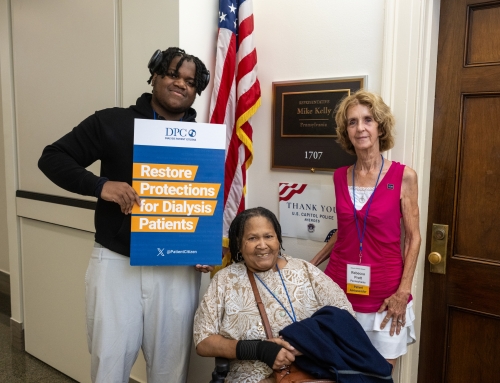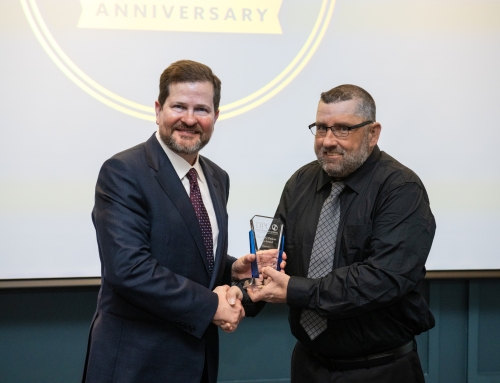Since dialysis is necessary to sustain life for end-stage renal disease (ESRD) patients, it is imperative that both facilities and patients plan ahead when it comes to scheduling dialysis. It is particularly important to plan for any facility closures, which are bound to happen during natural disasters like Hurricane Sandy. Unfortunately, approximately 40% of dialysis patients in the regions most affected by Hurricane Sandy – New York and New Jersey – failed to schedule dialysis in the days before the hurricane struck. As researchers pointed out in the American Journal of Kidney Diseases, scheduling dialysis early would have been a good idea because approximately 4.1% of ESRD patients in New York and New Jersey made emergency department visits, compared to 2.6% of ESRD patients in regions unaffected by the hurricane.
Moreover, in New York and New Jersey, 4.5% of patients were hospitalized during Hurricane Sandy, but only 3.2% were hospitalized in regions unaffected by the hurricane. Dialysis facilities have extensive emergency preparedness plans in case such natural disasters strike. This means that, for the most part, it is up to patients to be pro-active and schedule dialysis early. By planning ahead, patients and facilities can mitigate the damage of natural disasters like Hurricane Sandy.



